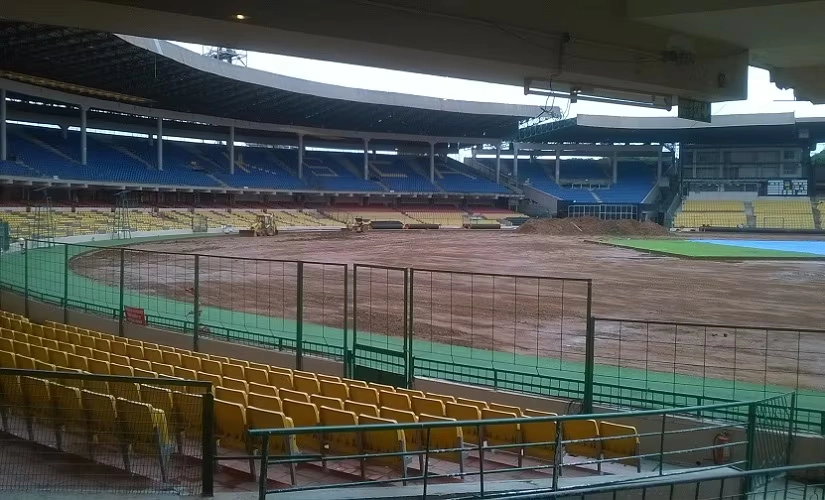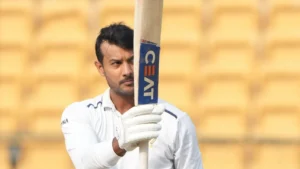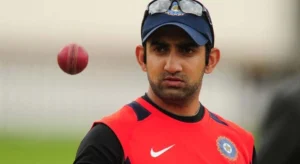The M. Chinnaswamy Stadium’s Lifesaver: A Deep Dive into the SubAir Drainage System

How the SubAir facility at the Stadium in Bengaluru works? Know the Tech behind the innovative SubAir Drainage System employed at the M. Chinnaswamy Stadium in Bengaluru, which ensures minimal disruption to matches caused by rain, even during heavy downpours.
Why the Focus on Drainage?
- Past Washouts: Events like the rain-affected India-South Africa Test in 2015 highlighted the need for a robust drainage system.
The SubAir Drainage System: A Technological Marvel
- Core Functionality: This sub-surface aeration and vacuum-powered drainage system efficiently removes water from the ground.
- Powerhouse Performance: A 200-horsepower machine drives the system, enabling it to remove a staggering 10,000 liters of water per minute.
- Rapid Results: The system boasts the ability to prepare the ground for play within a mere 15 minutes after rain stops.
Behind the Scenes: How SubAir Works
- Sand as the Foundation: Unlike traditional red soil, the playing surface utilizes sand to facilitate water percolation. This prevents the ground from becoming slippery and minimizes injury risks.
- Digital Control: The entire system operates digitally, allowing for adjustments based on weather conditions and optimal resource utilization.
- Installation Timeline: The SubAir Drainage System was installed between June 2016 and January 2017, following the rain-marred India-South Africa Test.
Benefits and Success Stories – SubAir Drainage System
- Minimized Match Delays: Since its installation, the SubAir Drainage System has ensured minimal delays in matches despite heavy rain.
- Full Matches Despite Downpours: Examples include the complete 20-over match between RCB and Gujarat Titans in IPL 2023, played even after a significant pre-match downpour.
Additional Points:
- Environmental Considerations: While sand offers drainage benefits, its use requires careful maintenance to prevent fungal growth, especially in cool climates like Bangalore.
- Cost Factor: Sand is a more expensive playing surface material compared to traditional red soil.
- Long-Term Performance: Information on the system’s long-term effectiveness and potential maintenance needs over time would be valuable.
- Comparison to Other Systems: A brief comparison to other drainage systems used in cricket grounds could highlight the advantages of SubAir.
Read More: Haris Rauf’s Return Post Injury Boosts Pakistan’s T20 World Cup Hopes




Pingback: RCB Qualify for Playoffs - Dramatic Victory In Nail-biting Finish - Cricket Info
Pingback: T20 World Cup: Can These Cricket Legends Claim Glory One Last Time? - Cricket Info